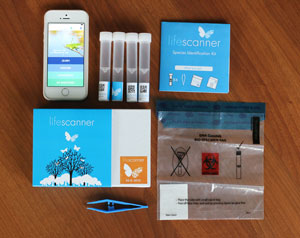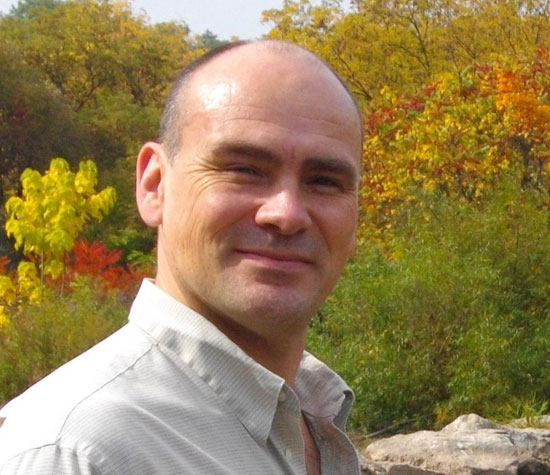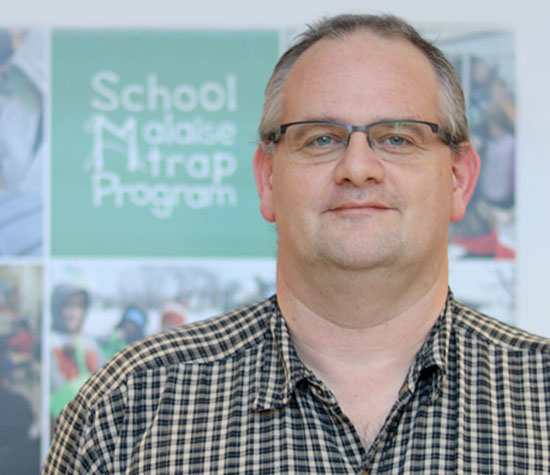Did you know?
A Canadian study (2011) found that between 25 to 41 percent of the fish samples sent in from cities across Canada were mislabelled
Is the fish on your plate what you think it is?
Through this data collection project the students will have the opportunity to contribute real data to a project about food fraud. Participants in the Fish Market Survey Action Project will be collecting samples of fish from local grocery stores and markets using DNA sample collection kits and then will send the kits to the Centre for Biodiversity Genomics at the University of Guelph to be DNA barcoded. The barcodes will then go into BOLD Data System, a publicly accessible database of DNA barcodes accessible by researchers worldwide.
Learn More
What is it?
The Fish Market Survey Action Project is a national citizen science data collection project in which students will learn about DNA barcoding and potential food fraud in the seafood industry.
Why is this data worth collecting?
Food is an extremely important part of our lives, and more and more people are concerned about where their food comes from and what goes into their food. Food is also becoming more expensive, so consumers want to know if they are getting what they pay for. DNA barcoding is one tool that scientists can use to confirm or refute the identity of food such as beef, fish and other seafood.
Did you know?
DNA barcoding is a molecular approach to species identification. It has been used as a tool for species identification in a wide array of practical applications that include ecological monitoring, verification of research organisms, as well as food authentication.
What will students do during the project?
As citizen scientists, students will be going to local grocery stores and markets to obtain small samples of fish. They will then use an app on an iPhone or iPad (GPS required) to collect information about where and when the fish was collected and how the fish was labelled (e.g., name on packaging or display). In class or at home, students will place the samples in prepared vials and the set of vials will be shipped to a DNA barcoding lab for processing and analysis.
What are the benefits of participation?
Citizen science projects such as the Fish Market Survey allow students to participate in real science and feel part of the scientific community. While doing citizen science projects, students use critical thinking skills as they grapple with issues in science that affect society and the environment. Citizen science projects benefit students of all learning styles as these types of projects require students to read, listen, work with others, do hands-on data collection, and think analytically.
What educational resources will be available to support the project?
Curriculum-aligned educator resources will be available at no cost to classes participating in the project. The educator resources will support student understanding of scientific processes in the field of genetics, including DNA extraction, Sanger Sequencing and DNA barcoding. Students will also learn about the issue of food fraud and the seafood supply chain.
What is the time commitment for the project?
The collection and preparation of the fish samples will not take more than 10-15 minutes. The lesson plans can take up to several class periods depending on how many lessons you choose to use.
Do I have to do the project at any particular time of year?
Yes. Participants of the Fall 2016 project must return samples to the LifeScanner labs no later than November 11, 2016 to receive results in December 2016. We will post information about the Spring 2017 project once it is available.
Do students have to register for CurioCity in order to participate?
No. Educators must register for CurioCity in order to receive a kit and access the educator resources, but students are not required to register for CurioCity in order to participate.
What is Let’s Talk Science?
Let’s Talk Science is an award-winning, national, charitable outreach organization. Let’s Talk Science creates and delivers unique learning programs and services that engage children, youth and educators in science, technology, engineering and math (STEM). CurioCity/CurioCité is a web-based program developed by Let’s Talk Science to connect students and Educators with the STEM community, offering an interactive and reliable place for youth, ages 13-17, to explore and engage in STEM issues. For more information about Let’s Talk Science, please visit www.letstalkscience.ca.
Join Project
Complete the registration form to participate in the Fish Market Survey project.
Participating educators will receive one Life Scanner kit from Let's Talk Science at no cost. The kit comes with 4 specimen vials, each containing a DNA preservation fluid for animal tissues, a pair of tweezers, collection instructions, and return shipment bag specifically designed for bio-materials. Also included is a padded mailing envelope for the return of the vials for analysis. The Educator will be required to mail the samples back using this postage-paid envelope to the LifeScanner lab at the University of Guelph in Ontario.
Note: Let's Talk Science will provide one kit per registered educator. Additional kits can be purchased from LifeScanner at a cost of $44 per kit. If you purchase additional kits and would like the data to be included in this project, please let LifeScanner know when you get your kit confirmation email or include this information when you return your samples to LifeScanner.
Participate
Once you receive the kit, follow the steps below to complete the Fish Market Survey.
- Review Lesson Plans:
Review the various optional and recommended lesson plans, in particular the ACTION: Fish Market Survey Data Collection lesson plan which is the core of the project. - Get fish from grocery stores or fish markets:
Have students collect the appropriate types of fish. Students collecting samples will need to enter data on the LifeScanner website. See the Sampling Protocol document for more information. - Prepare Samples:
Have the students prepare the samples for submission. See the Sampling Protocol document for more information. - Return Samples:
Use the self-addressed, postage-paid envelope that comes with the kit to mail completed samples to LifeScanner.
Project Resources
Lesson Plans for Educators
A number of lesson plans have been developed to support this project. These include an opening lesson which introduces students to the issue of food fraud and fish mislabelling, hands-on lessons on DNA extraction and Sanger Sequencing, and wrap-up lessons on assessing the data from the project and the seafood supply chain.
Lesson plans Curriculum Connections
View Results
Results from previous years can be viewed on the results page.
Fall 2016-Fall 2017 Participating Classes
Partners
Let’s Talk Science is partnering with the Centre for Biodiversity Genomics at the University of Guelph, Ontario and the Marine Stewardship Council to provide free DNA sample collection kits to senior high school classes across Canada.
Some of the scientists we are working with include:
Bob Hanner
Associate Professor, Biodiversity Institute of Ontario, University of Guelph
Dirk Steinke
Director of Education & Outreach, Biodiversity Institute of Ontario, University of Guelph
References





